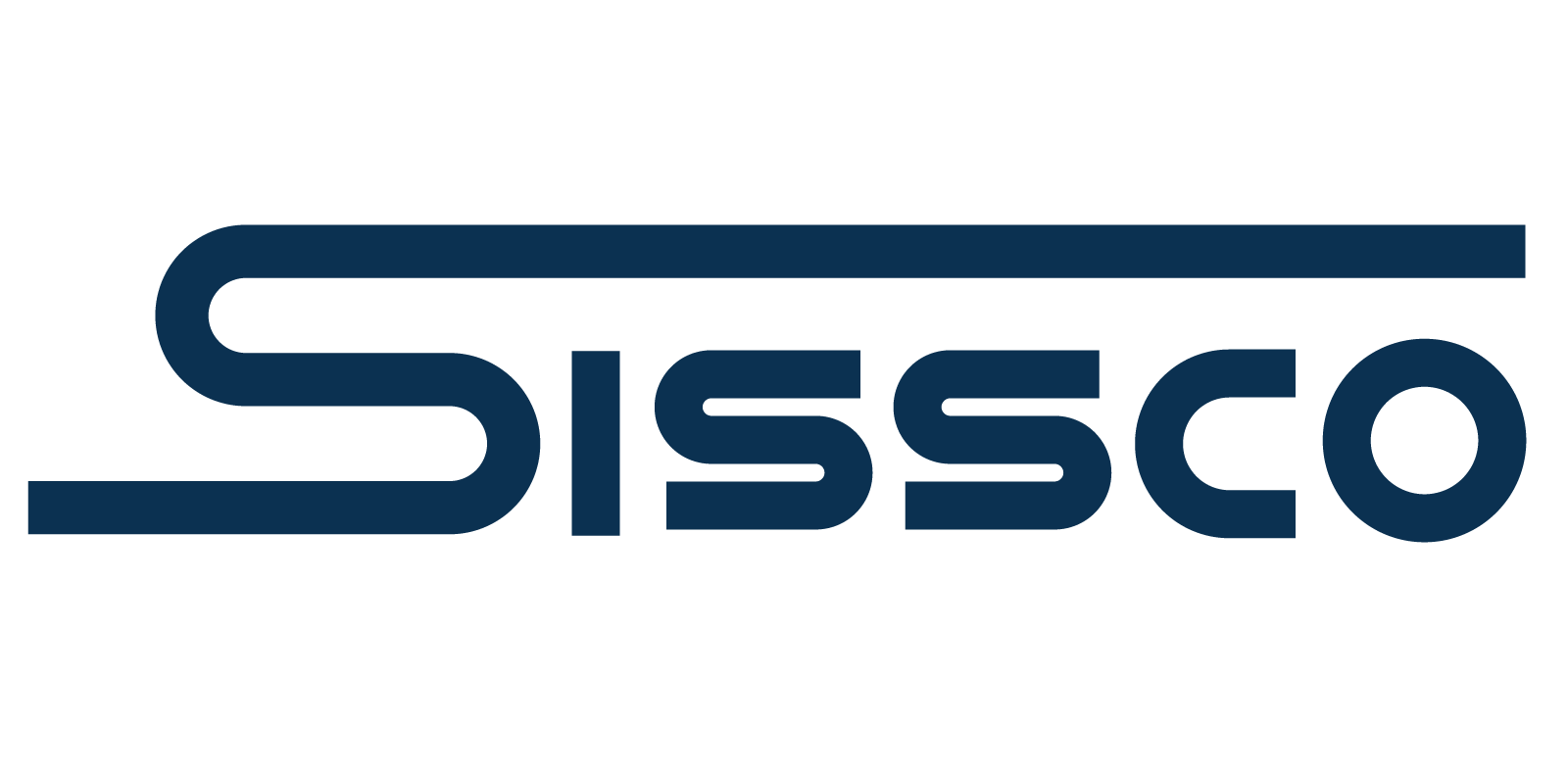To safely and efficiently operate a crane, it needs to be regularly serviced, properly maintained and always in good repair. A damaged crane is not only dangerous for crane operators but can bring productivity to a halt. On top of regular inspections and proper maintenance, crane operators should always be looking out for signs of damage that could lead to a breakdown. This is an essential aspect of industrial crane safety.
Wire Rope Damage
One of the most common issues with overhead crane systems is when their wires degrade or become damaged. Wire rope can corrode, kink, and get stretched crushed or damaged, all leading to a potential failure. The wire needs to be inspected before each and every shift. If any of these issues or other damage is observed, the wire rope should be removed, disposed of, and replaced. Lubrication can help reduce the chances of this damage occurring as it reduces friction on the wire and protects from corrosion.
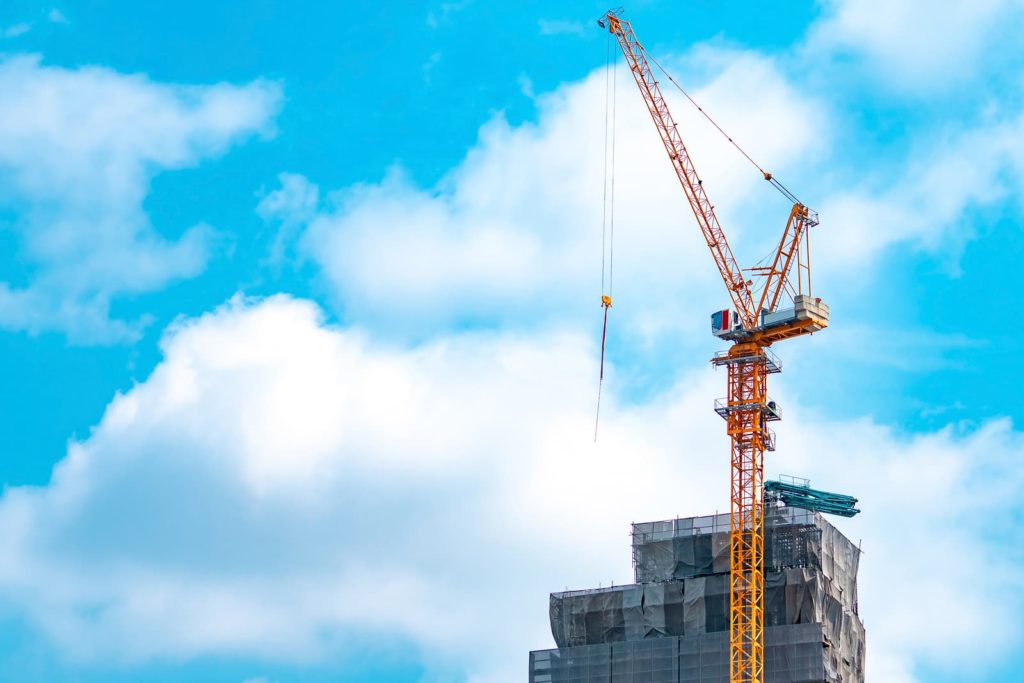
Skew and Alignment Issues
When an overhead crane skews or becomes out of alignment, it needs to be fixed immediately. These crane safety issues can cause accidents, crane failure and downtime, and the need for costly repairs or replacement. The misalignment puts stress on portions of the crane that aren’t designed to withstand it. Some signs of the issue include loud scraping sounds, broken wheels and wheel flanges, wheels that float during movement, and needing extra power to operate the crane properly. Because alignment issues aren’t always easy to diagnose with the naked eye, it’s important to have a professional inspect the crane regularly. They can ensure the crane is in compliance with all standards set by OSHA, ANSI and the Crane Manufacturers Association of America (CMAA).
Hook Damage
A crane hook’s purpose is to precisely hold a load in place, in the correct position. When too much weight is put on a hook or it was improperly manufactured, it can bend, stretch or even crack. This can cause a load to fall off the hook, damaging the load and creating a crane safety hazard for workers. Each hook and hook latch should be regularly inspected and replaced if any issues are noticed.
Electrical Issues
Something else to look out for is whether or not there are issues with the crane’s electrical systems. There can be problems with contact interruptions between conductor bars and the collector shoes, causing control issues with the crane. You also need to look out for blown fuses; these are an indication that there is faulty circuitry in the crane’s electrical system. Another electrical issue is having a crane that is underpowered for its specific loading requirements. If you underestimate the electrical requirements for your load capacity, you can cause a premature breakdown and unnecessary wear and tear on the equipment.
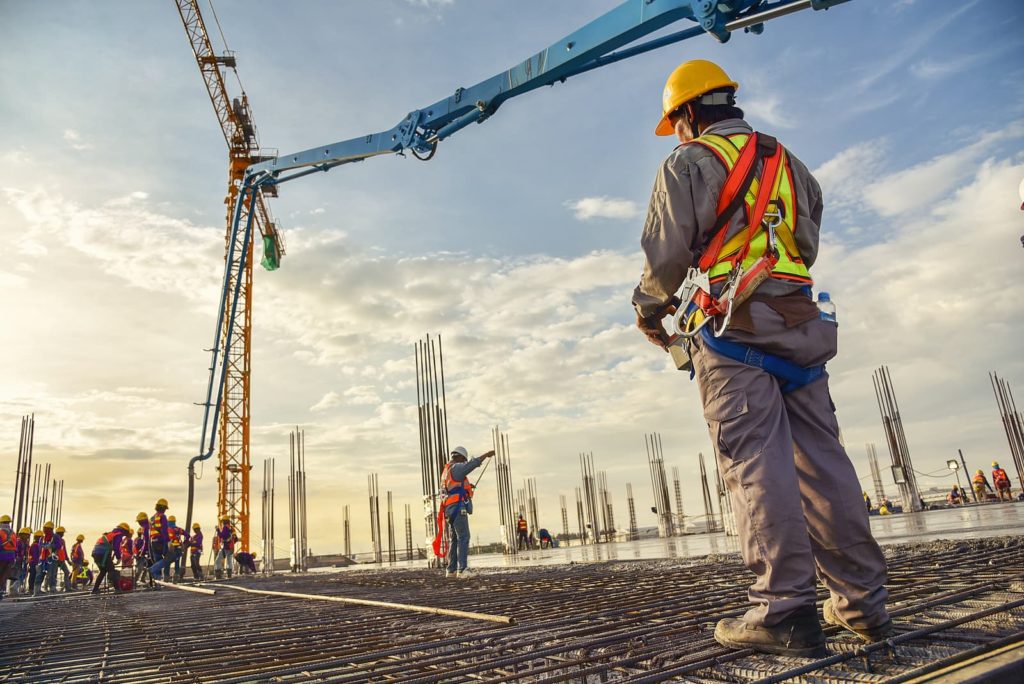
Importance of Professional Inspections
It’s important to always keep an eye out for these issues. Your cranes need to be regularly inspected by a professional to ensure they keep your business running. The experts know how to keep the crane in compliance with OSHA, ASSI, and CMAA standards and requirements. This will help protect workers from danger, extend the crane’s lifespan and keep it operating at peak efficiency.
Call The Experts
If you are planning on buying a crane or finding a reputable inspection and repair company, look no further than SISSCO Material Handling Equipment. For over 45 years we’ve made the manufacturing and maintenance processes more efficient, cost-effective and safe. Our manufacturing, installation and Crane safety solutions keep businesses moving forward. Contact us today to get in touch with the best in the business.

